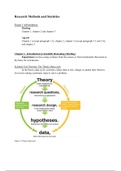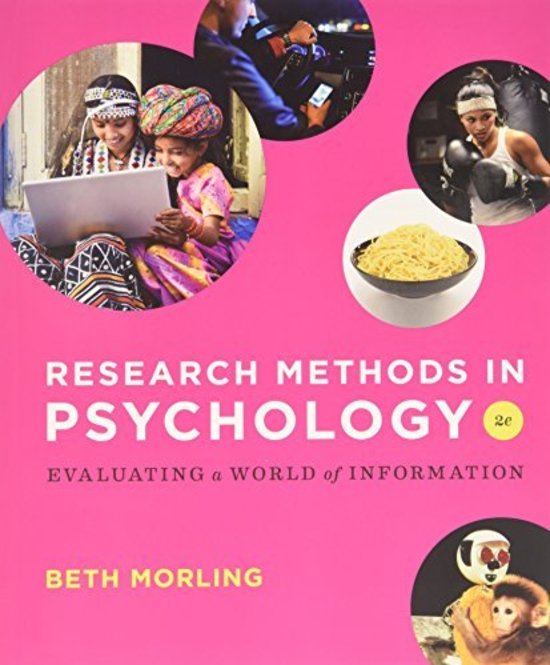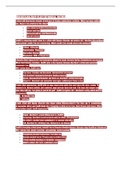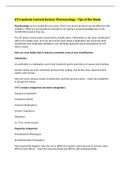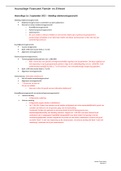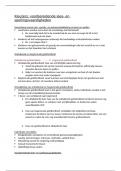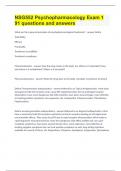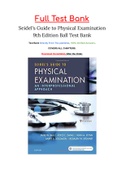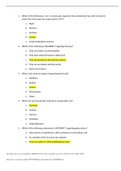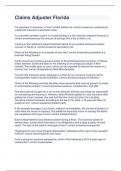Samenvatting
Research Methods and Statistics - Full summary for first exam
- Instelling
- Universiteit Van Amsterdam (UvA)
Full summary of everything you need to know for the first exam some helpful tips and tricks. The 2 books are fully summarized and the lectures are added in. Morling Chapter 1, chapter 2 and chapter 5 Agresti Chapter 1 (except paragraph 1.3), chapter 2, chapter 3 (except paragraph 3.3 and 3.4...
[Meer zien]
